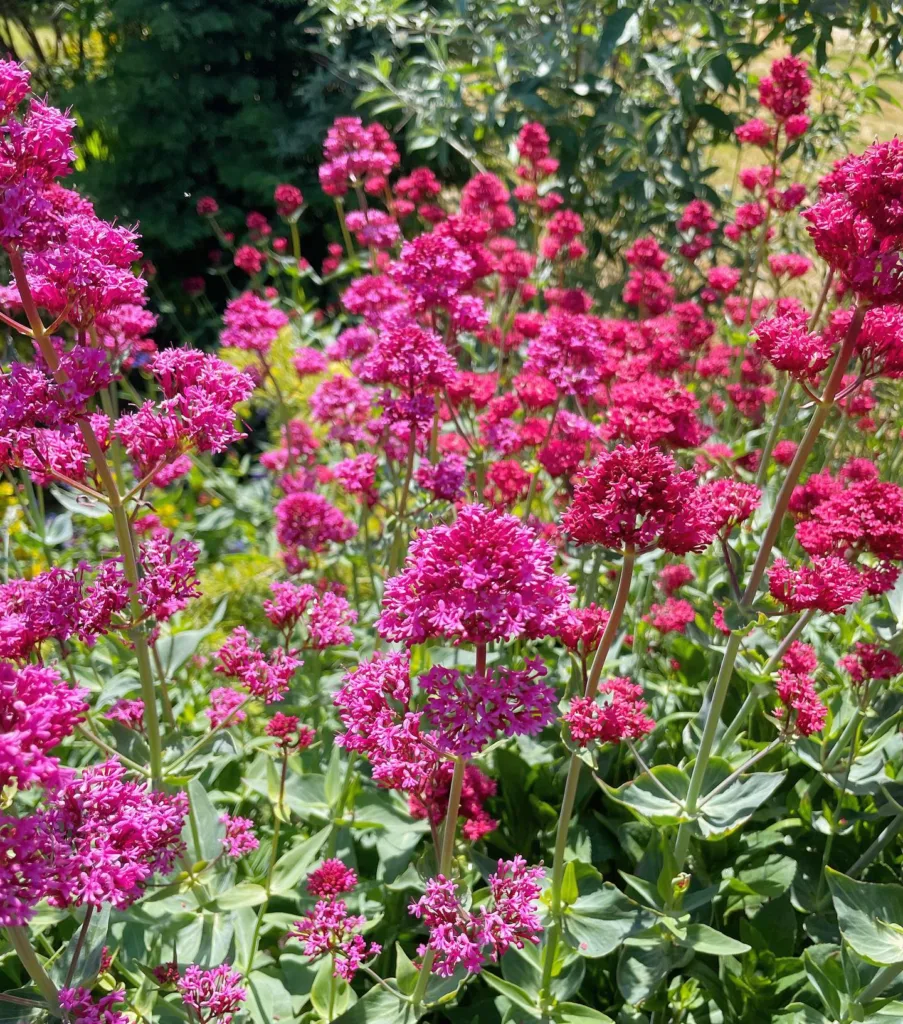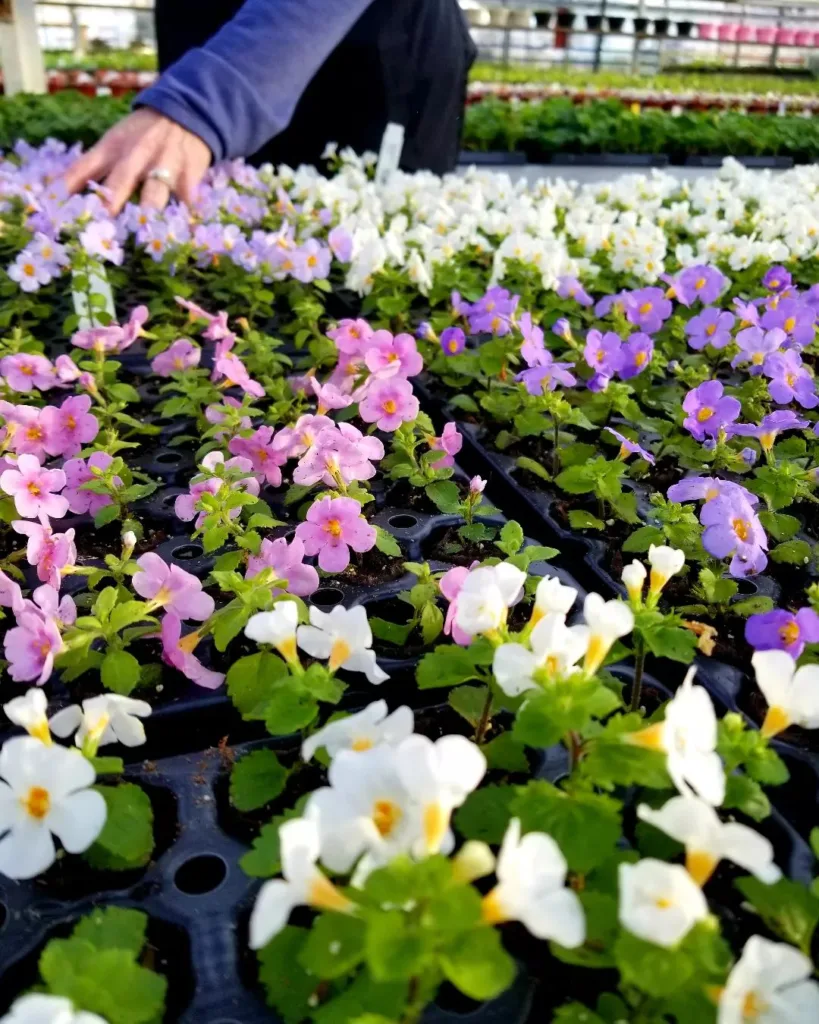What is Nepenthes Truncata?
For years, I’d been captivated by the fantastical world of carnivorous plants. But there was one in particular that stole my heart: the Nepenthes truncata. With its mesmerizing pitchers and unique foliage, it seemed like something straight out of a fairytale. Finally, I decided to take the plunge and embark on my own truncata adventure.
The Nepenthes truncata, also known as the Monkey Cup, hails from the tropical rainforests of Borneo. It’s an epiphyte, meaning it grows perched on other plants in the wild. This exotic beauty boasts stunning, truncated leaves (hence the name) and produces some of the largest pitchers among Nepenthes species, reaching up to 15 inches in size! These captivating pitchers are modified leaves that lure, trap, and digest insects, providing the plant with vital nutrients.
Plant Family: Nepenthaceae – 207 Species in Genus Nepenthes
How to Care for Nepenthes Truncata?
Growing a Nepenthes truncata can be a rewarding experience, but it requires specific care to mimic its natural tropical environment. Here’s what I’ve learned to keep my truncata happy and thriving:
- Light: Truncata prefers bright, filtered sunlight. Avoid harsh, direct sun, which can scorch the leaves. A south-facing window with sheer curtains provides ideal conditions.
- Temperature and Humidity: Think tropical! Aim for temperatures between 70-85°F (21-29°C) and high humidity levels (around 70% or more). Terrariums can be a great option, but pebble trays with water placed underneath the pot can also help raise humidity.
- Watering: Proper watering is crucial. Use only distilled water, rainwater, or reverse osmosis water to avoid mineral build-up, which can be detrimental. Water deeply when the top inch of the potting medium dries out, allowing for good drainage to prevent root rot.
- Potting Medium: Ditch the typical potting soil. Nepenthes truncata thrives in a well-aerated, fast-draining medium. A mix of equal parts long-fibered sphagnum moss and perlite is a perfect choice.
- Feeding: While your truncata will get some nutrients from its captured prey, occasional feeding can be beneficial. Diluted orchid fertilizer or a specialized carnivorous plant food can be used sparingly during the growing season.
How to propagate Nepenthes Truncata?
There are two main ways to propagate your Nepenthes truncata: stem cuttings and basal shoots.
- Stem Cuttings: This method is best for mature plants. Identify a healthy stem with at least two nodes (leaf attachment points). Cut a section just below a node with a sterile blade. Remove the lower leaves and pot the cutting in a well-aerated medium like sphagnum moss and perlite. Keep the humidity high and provide bright, indirect light.
- Basal Shoots: These are new shoots that sprout from the base of the plant. Once they have developed a few leaves and roots, you can carefully separate them from the mother plant and pot them individually in the same type of medium used for cuttings.
Beyond the Pitcher: Additional Tips for Truncata Success
- Patience is Key: Nepenthes truncata are not the fastest growers. Be patient and focus on providing the right care. Growth will accelerate as the plant matures.
- Picher Power: Don’t be tempted to fill the pitchers with water or feed them insects directly. They’ll develop naturally under the right conditions.
- Regular Checkups: Regularly inspect your truncata for signs of pests or diseases. Early detection and treatment are essential.
Growing Nepenthes truncata has been a fascinating journey. With careful attention to its needs, you too can cultivate this captivating carnivorous plant and witness its mesmerizing pitchers come to life. So, why not embark on your own truncata adventure? You might just be surprised by the rewards!
If i die, water my plants!



